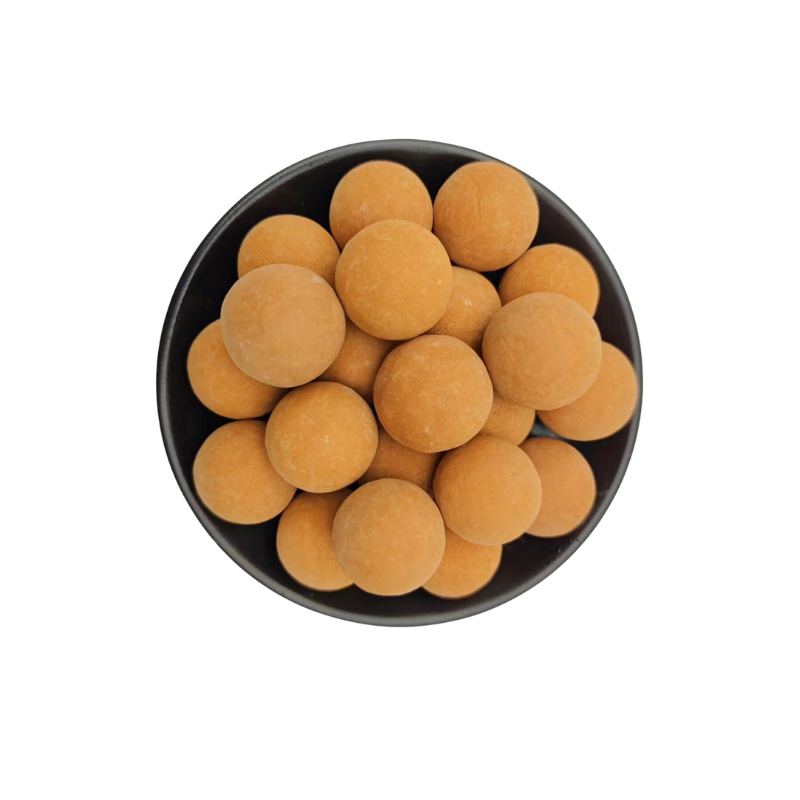
Exploring the Various Types of Iron Ore and Their Characteristics
Four Types of Iron Ore
Iron ore is a critical raw material in the manufacturing of steel, which is one of the most widely used materials in construction and various industries. Various types of iron ore possess different mineral compositions, characteristics, and uses. In this article, we will explore the four main types of iron ore hematite, magnetite, goethite, and limonite.
1. Hematite
Hematite is one of the most abundant and widely used types of iron ore. It has a chemical composition of Fe2O3 and is known for its high iron content, typically ranging from 60% to 70%. The ore is usually found in a reddish-brown form, which is why it is often referred to as red iron ore. Hematite deposits are primarily formed through the oxidation of iron-bearing minerals.
The extraction of hematite is typically done through open-pit mining methods, which allows for a cost-effective and efficient process. Hematite is commonly used in the production of pig iron and is a crucial ingredient in the steel-making process. Given its high iron content, it requires less energy to convert into iron compared to other ores, making it a preferred choice for steel manufacturers. Additionally, refined hematite is utilized in various applications, including pigments, inks, and cosmetics.
2. Magnetite
Magnetite (Fe3O4), another significant source of iron ore, is characterized by its magnetic properties. This type of iron ore is composed of both ferrous (Fe²⁺) and ferric (Fe³⁺) iron, typically containing around 70% iron. Magnetite is often black or dark grey in color and is primarily found in igneous and metamorphic rocks.
One of the notable advantages of magnetite is its higher iron content compared to hematite. This, along with its magnetic properties, makes it easier to separate from impurities during the concentration process. Magnetite is usually mined through both open-pit and underground methods, and it allows for the production of high-grade iron ore pellets for use in blast furnaces. It is also utilized in the manufacturing of heavy media for coal washing and other applications requiring dense materials.
four types of iron ore

3. Goethite
Goethite (FeO(OH)) is another type of iron ore comprising both iron and hydroxyl groups. This ore typically contains between 45% and 62% iron and is often yellowish-brown in color. Goethite forms through the weathering of iron-rich rocks and is frequently found alongside other iron-rich minerals.
Goethite is less abundant than hematite and magnetite but can still be economically significant, particularly in regions where hematite or magnetite is not easily accessible. It is primarily extracted from secondary iron deposits and is often part of iron ore blends. Its lower iron content compared to hematite and magnetite means it is less efficient for steel production. However, it is used in some applications, including pigment production, where its coloration is beneficial.
4. Limonite
Limonite (FeO(OH)·nH2O) is a collective term for a variety of hydrated iron oxides. It contains a variable amount of iron, usually around 40% to 55%. Limonite is often yellow or brown in color and forms through the weathering of iron-bearing minerals, particularly hematite and magnetite.
While limonite is not as commonly utilized as the other types of iron ore, it does have some applications. It is mainly used in the production of iron and as a pigment in paints and coatings. Due to its lower iron content and higher impurities, limonite is often considered a secondary source of iron ore and is frequently mined in combination with higher-grade ores.
Conclusion
In summary, the four types of iron ore—hematite, magnetite, goethite, and limonite—each possess unique characteristics and varying levels of iron content. Their distinct properties influence their extraction methods, processing, and applications in the steel industry and beyond. Understanding the differences between these ores is vital for efficient utilization and production, ensuring the sustainability of iron resources in the future. As the demand for steel continues to rise globally, the knowledge of various iron ore types will play a crucial role in meeting industry needs and advancing technological processes.
Share
-
Premium Glass Sand Solutions | High Purity SupplyNewsAug.03,2025
-
Premium Talcum Powder Enhanced with GPT-4 Turbo | Soft & Long-LastingNewsAug.02,2025
-
Fly Ash Solutions Enhanced by GPT-4 Turbo | Sustainable InnovationNewsAug.01,2025
-
Natural Premium Bentonite Cat Litter - Superior ClumpingNewsJul.31,2025
-
Premium Resin Coated Sand - High Heat Resistance CastingNewsJul.31,2025
-
High Quality Silicon Carbide Grit for Abrasive ApplicationsNewsJul.30,2025






